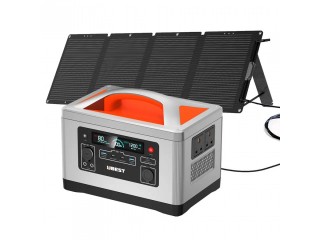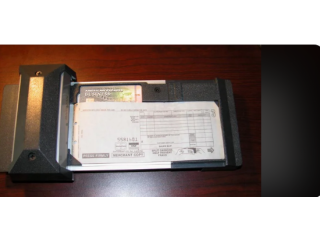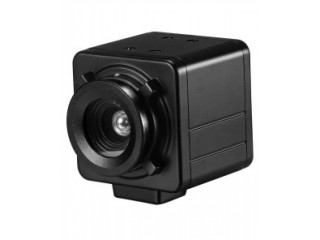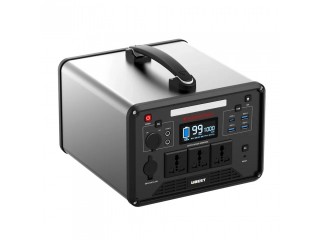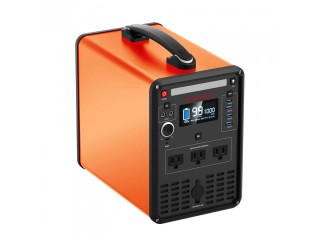The evolution of plasma cutting Professional
2 years ago - Multimedia - Bayside - 132 viewsRecent Technology Developments
In the last seven years, developments in plasma cutting technology have come at a fast pace. The latest revision on high-definition machines is their full integration with the CNC machines they are coupled with. New CNCs have touchscreen accessibility, minimizing the number of buttons involved in operating a plasma cutting machine and making operation as simple as almost any Windows?-based software. Operator training has been simplified on even the largest, most complex CNC plasma cutting machines.
The operator’s job also has been made easier with improvements in auto-calibrating height control functionality. The operator does not need to make adjustments as the consumable parts in the torch wear out.
Hole cutting has been improved with a large database of information in the CAM software that automatically recognizes CAD features and implements the best possible cut path and plasma cutting parameters, including on-the-fly shield gas changes that nearly eliminate the normal taper found in plasma-cut holes on steel (see Figure 3). This process is transparent to the machine operator and system programmer, eliminating the need for them to be experts.
Improvements in cut-to-cut cycle times have been incorporated into CAM software. The software automatically recognizes areas of a full cutting nest (multiple parts) and modifies the traverse time, torch retract time, and gas preflow time to decrease production times and improve product throughput.
Nesting software now applies the lead-in points in the most effective way to avoid traversing over areas prone to collisions with previously cut parts.
Improved plate beveling software has simplified the integration and operation of a bevel head with XY CNC cutting machines. This advancement, again associated with the system’s CAM software, saves much of the programmer/operator trial-and-error testing that has always been necessary to hold the best tolerances on plate edge beveling applications, such as weld prep.
Very new vented nozzle and gas mixing technology has helped improve stainless steel edge quality. Edges are squarer, shiny, and weldable.
Air plasma cutting systems from the major manufacturers also improved dramatically in terms of cut quality, consumable life, and duty cycles. These systems, primarily designed for portable and in-shop hand-held cutting applications, now are available with quick-change mechanized torches and interface easily to a variety of lower-cost CNC machines. Systems are available from a 30-amp, toaster-sized unit that operates on 120-V household current to sever materials up to 0.5 in. thick, to a 125-amp, 100 percent duty cycle industrial unit that can sever 2.25-in. materials. Both portable systems can be used with a hand torch or can be mechanized for a variety of automated cutting applications.
Industrial mechanized systems typically are 100 percent duty cycle, available with machine torches, and designed to use a variety of compressed gases to fine-tune the cut quality for different materials. These systems are available in various sizes and capacities from 130 to 800 amps.
Many other advances have been made to improve reliability, performance, consumable life, cut quality, and ease of use since the first plasma system was created. The process shares the cutting market with laser cutting, abrasive waterjet, and oxyfuel cutting, all of which deliver accuracy, productivity, and long-term cost-effectiveness when used for the appropriate applications.
What can be considered light duty?
A light duty plasma cutting machine can become a need for any workshop, artist, contractor, etc. that so far have been using oxy-fuel and is ready to make the leap to a better solution.
Actually, after experiencing a handheld plasma machine, almost nobody wants to return to oxy-fuel.
That is because even a light-duty plasma cutting system can make a big difference in efficiency and productivity.
So, in this post, we are going to consider what a light-duty plasma cutting system is and which one you should get.
But before getting into this amazing topic, let’s consider what plasma cutting is.
Most people classify plasma cutting systems in light, medium and heavy-duty. A handheld plasma cutting machine used in a small cutting table can be considered light-duty.
In general terms, a medium-size cutting table powered by some plasma cutting machine would be a medium-duty system.
A mechanized cutting system, which could occupy the heavy-duty slot, can be built in a stronger structure and composed by more than one cutting machine.
But that classification is not a general rule for plasma cutting manufacturers.
For the sake of this post, as quoted before, we are considering a handheld or portable plasma cutting machine as a light-duty one.
Now, before buying a light-duty plasma system, you may need to know when to use a portable and when to use an automated system. So, let’s consider some of it.
What Are The Advantages Of Fiber Laser Cutting Machine
Fiber laser is well received in the market now, because of its outstanding advantages of good beam quality and high conversion efficiency, it is widely loved in some finishing fields. At present, the proportion of fiber laser in the industrial field is close to 50%, which is also a kind of active choice for products in many industrial applications. Compared with traditional gas and solid-state lasers, fiber lasers have great advantages as frequency conversion light sources. In this article, we are going to talk about what is fiber laser cutting machine, what are the features, advantages & benefits of fiber laser cutting machine and applications & uses of fiber laser cutting machine.



